

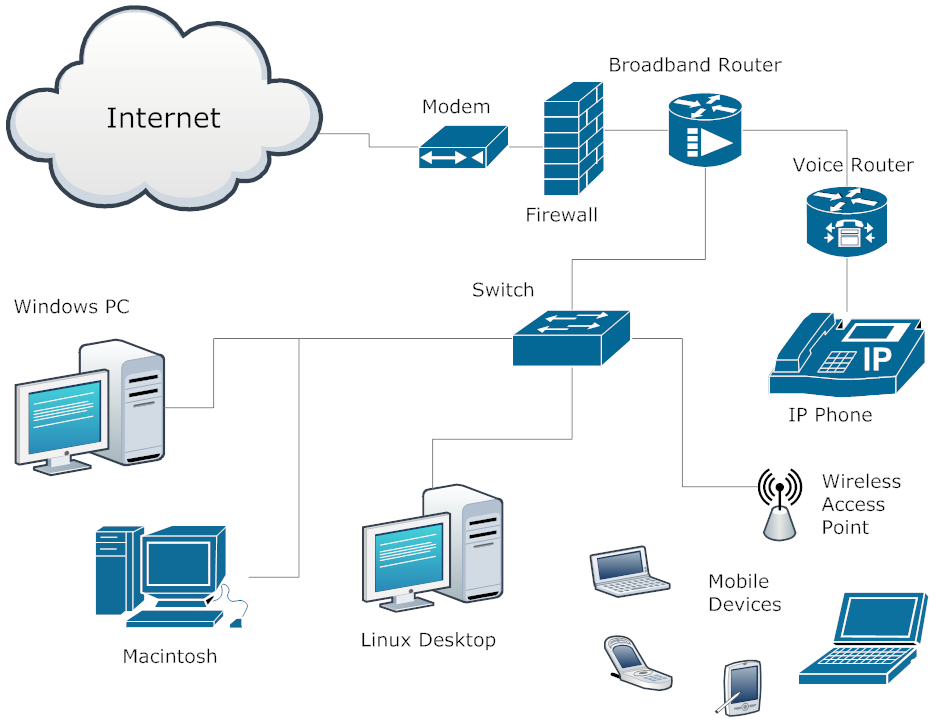
Creating the Requirements of Network Design
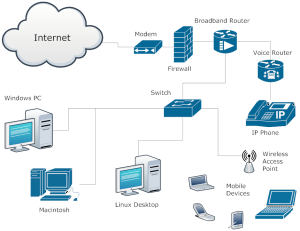 Various requirements that are skillfully combined during the implementation phase can result in a desired network design that helps attain a company’s business goals. Below is a classification of requirements for an organization. Some may be directly provided by the network design team while others may be determined from the goals or requirements of the company.
Various requirements that are skillfully combined during the implementation phase can result in a desired network design that helps attain a company’s business goals. Below is a classification of requirements for an organization. Some may be directly provided by the network design team while others may be determined from the goals or requirements of the company.
Business Goals
- Decreasing operational costs
- Expanding business via additional remote sites
- Increasing staff productivity
Business Requirements
- Decrease expenses for the maintenance of multiple voice & data networks
- Provide support for expanding business via additional remote sites
- Raise staff productivity by improving internal communications via mobile and video devices, while safeguarding company security
Functional Requirements
- Ability to introduce and support new remote sites to the network without redesign
- Infrastructure supporting data, video, voice, and wireless in a unified manner
- Isolation of guest and employee wired and wireless traffic to comply with standard company security policy
Application Requirements
When an organization plans to add video and VoIP capability to their network, particular application requirements must be met. In such instances, the network design must be capable of providing sufficient network availability, efficiency, and performance for these two new features to support business goals.
Technical Requirements
In order to attain the above example’s functional and application requirements in consideration of the company’s business goals, the network design must have the following features:
High Availability – Raise the level of high availability in order to support traffic crucial to business, such as data and voice.
Quality of Service (QoS) – User experience can be greatly improved through the introduction of QoS in order to attain excellent voice and video services.
Scalability – Implement scalable network (WAN) design for supporting growth of business projected for the coming 12 months.
Security – Network security must be optimized when new features such as voice and Wi-Fi security are added.
Traffic Isolation – Provide traffic isolation to meet information security requirements.
Progressive Office Cabling
Founded in 1986, Progressive Office’s success has been a direct result of years of commitment to seeking solutions on behalf of our clients in the Washington, D.C. and New York City areas. Efficiently working together, Progressive teams get cabling installed and operating as fast as possible while minimizing disruption and downtime. Call our toll free number (800) 614-4560 today.
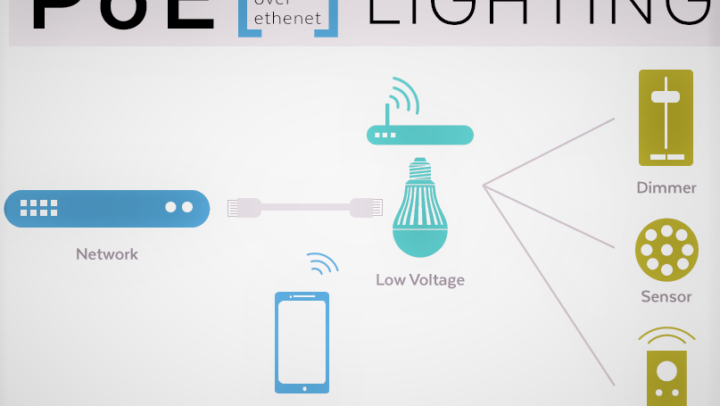
Emerging Data Center Trends for 2018 – Part 2
![]()
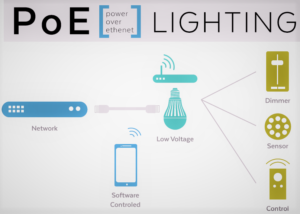 As discussed in Part 1, 2018 is turning into a year with several exciting emerging data cabling trends. Part 2 will discuss Low Voltage Lighting Over POE and Passive Optical Networks. Before starting your company’s data cabling project, consult with an expert and experienced team to get the best results.
As discussed in Part 1, 2018 is turning into a year with several exciting emerging data cabling trends. Part 2 will discuss Low Voltage Lighting Over POE and Passive Optical Networks. Before starting your company’s data cabling project, consult with an expert and experienced team to get the best results.
3) Low Voltage Lighting Over POE
Certain to be used increasingly in the future, low voltage lighting powered by POE (Power Over Ethernet) networks will provide several benefits. Efficient, low voltage lights need less electricity, saving on utility bills and lessening environmental impact.

Comparing Cat 7 to the Other Cats
 Nowadays offices and homes utilize either a wireless (Wi-Fi) connection or wired network connection. Usually faster than Wi-Fi, wired connections also have lower latency. These two types of network connection continue to progress technologically, providing users ever increasing speeds.
Nowadays offices and homes utilize either a wireless (Wi-Fi) connection or wired network connection. Usually faster than Wi-Fi, wired connections also have lower latency. These two types of network connection continue to progress technologically, providing users ever increasing speeds.
In the case of home networks, the speed of the internet connection is typically the issue, and the cabling may not be a factor. However, a company must consider the specifications of particular cables and how these would meet its requirements in order to properly decide which to select. There can be a vast difference between the network speeds of the various Ethernet cables.
Types
Cables are differentiated by standard categories. Category has been abbreviated to “Cat” by the industry. Currently, the most common cables in use are Cat 5, Cat 5e, Cat 6, and Cat 6a. The newest type is Cat 7. Every type is backward compatible, allowing users to insert a newer cable into a device that was manufactured for an older cable without any compatibility issues arising.
Progress
With every new cable category, users were provided increased speed and decreased crosstalk. Newer category cables provided faster speeds at increased lengths of cable. The following offers comparisons at 100 meters of cable, illustrating the differences between the ethernet cable categories:
Cat 5 - Considered slow and inadequate for business networks, providing up to 100 Mb/second at 100 Mhz.
Cat 5e - provides up to 1 Gb/second internet speed at 100 Mhz.
Cat 6 -provides up to 1 Gb/second, and cable lengths up to 55 meters can give internet speeds of 10 Gb/second at 250
Cat 6a -can provides speeds up to 10 Gb/second, to 100 meters of cable length, at 500 Mhz.
Cat 7 - provides speeds up to 10 Gb/second to 100 meters of cable, at 600 Mhz.
History
Cat 5 was the standard in 1995, Cat 5e became standard in 2001, and Cat 6 was introduced in 2002. Arriving in 2008, Cat 6a is typically the newest cable the majority of companies have used because it is not considered necessary to update to Cat 7 yet. Cat 7a and Cat 8, which were respectively released in 2010 and 2013, are still waiting in the wings.
Union Network Cabling
When union work requires a unionized cabling group, call on Union Network Cabling for your commercial Cat5e/6/6a and fiber cabling projects. We specialize in cabling for data, voice, security and even the latest WiFi and LiFi solutions. Phone: (202) 462-4290

Variety of Alternatives for Business Phone Services
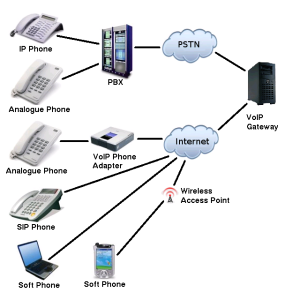 There is a variety of choices and settings for business firms that opt for high-tech phone services. Unlike the traditional telephones which provide rather limited features, the modern business telephone system can modify each feature depending on company preferences and needs. Contemporary phone service providers make it less intricate for business proprietors and employees by ensuring that their technology is rationalized and appropriate. This insures that existing clients do not transfer to competitors.
There is a variety of choices and settings for business firms that opt for high-tech phone services. Unlike the traditional telephones which provide rather limited features, the modern business telephone system can modify each feature depending on company preferences and needs. Contemporary phone service providers make it less intricate for business proprietors and employees by ensuring that their technology is rationalized and appropriate. This insures that existing clients do not transfer to competitors.
The acquisition of a consistent, reliable and flexible phone system does not only guarantee efficient communications among employees, clients, suppliers and other business contacts. It also enhancies productivity.

VoIP Solutions Business Start-ups and Corporations
 Voice over Internet Protocol (VoIP) is an innovative advancement of phone service. The technology has transformed traditional telephone service and introduced features that has recently included voice mail, caller ID, call forwarding, and call waiting. With virtual PBX, you can now call using broadband internet without spending a lot. Moreover, the need to make long distance calls is eliminated. Voice over Internet Protocol has features much like conventional telephone systems. However, there are more sophisticated elements like the conference call component and directory for employee extension numbers.
Voice over Internet Protocol (VoIP) is an innovative advancement of phone service. The technology has transformed traditional telephone service and introduced features that has recently included voice mail, caller ID, call forwarding, and call waiting. With virtual PBX, you can now call using broadband internet without spending a lot. Moreover, the need to make long distance calls is eliminated. Voice over Internet Protocol has features much like conventional telephone systems. However, there are more sophisticated elements like the conference call component and directory for employee extension numbers.
Why is Business VoIP Practical?
Business VoIP translates

VoIP and Business Phones for Modern Enterprises
 Modern office communications system will allow you to communicate with customers, employees, peers, and company shareholders quite easily. As a result, you can expect more productivity, expansion of your client network and more revenues. The phenomenal virtual office phone is free from bulky hardware and depends more on basic features. You no longer need to invest in complex software, expensive equipment, and the maintenance needed for the old style PBX system.
Modern office communications system will allow you to communicate with customers, employees, peers, and company shareholders quite easily. As a result, you can expect more productivity, expansion of your client network and more revenues. The phenomenal virtual office phone is free from bulky hardware and depends more on basic features. You no longer need to invest in complex software, expensive equipment, and the maintenance needed for the old style PBX system.
VoIP allows businesses
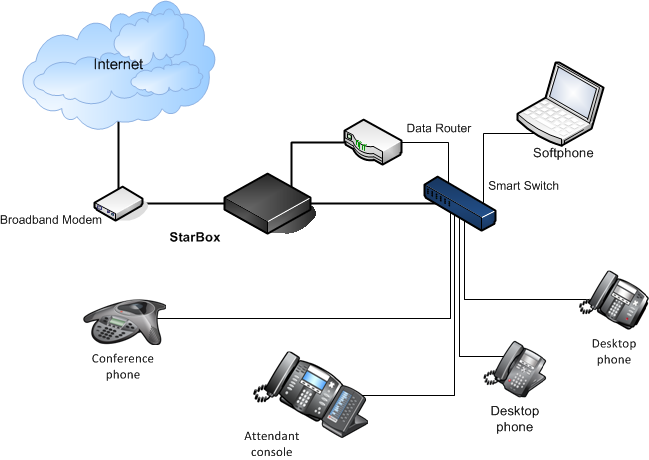
Cloud Phone Platform for Small Companies
 Cloud communications coupled with software products are currently in. In plain terminologies, the cloud-based phone system is a hosted Voice over Internet Protocol or web-based telephone system. It is a program for communications wherein the application remains inactive in the net but prospective subscribers can hook up to it by paying a fixed monthly fee.
Cloud communications coupled with software products are currently in. In plain terminologies, the cloud-based phone system is a hosted Voice over Internet Protocol or web-based telephone system. It is a program for communications wherein the application remains inactive in the net but prospective subscribers can hook up to it by paying a fixed monthly fee.
One specific example is the popular Skype. Just like other Internet-based apps, users need both software and hardware to successfully use this configuration. You need a cloud phone or personal computer as end point.

Smart Trends in Business Telephone Services
 Telecommunications industry experts believe that business phone services will continue to evolve as long as Internet technology progresses. Small, medium and large corporations benefit from this type of services. Experts project that increasing sales and cost reduction are among the essential aspects that will affect developments in business telephone systems for this year. Business proprietors will find out the value of said systems and surely shift from the traditional methods to IP telephony.
Telecommunications industry experts believe that business phone services will continue to evolve as long as Internet technology progresses. Small, medium and large corporations benefit from this type of services. Experts project that increasing sales and cost reduction are among the essential aspects that will affect developments in business telephone systems for this year. Business proprietors will find out the value of said systems and surely shift from the traditional methods to IP telephony.
Phone service providers are expected to continue modifying their services

